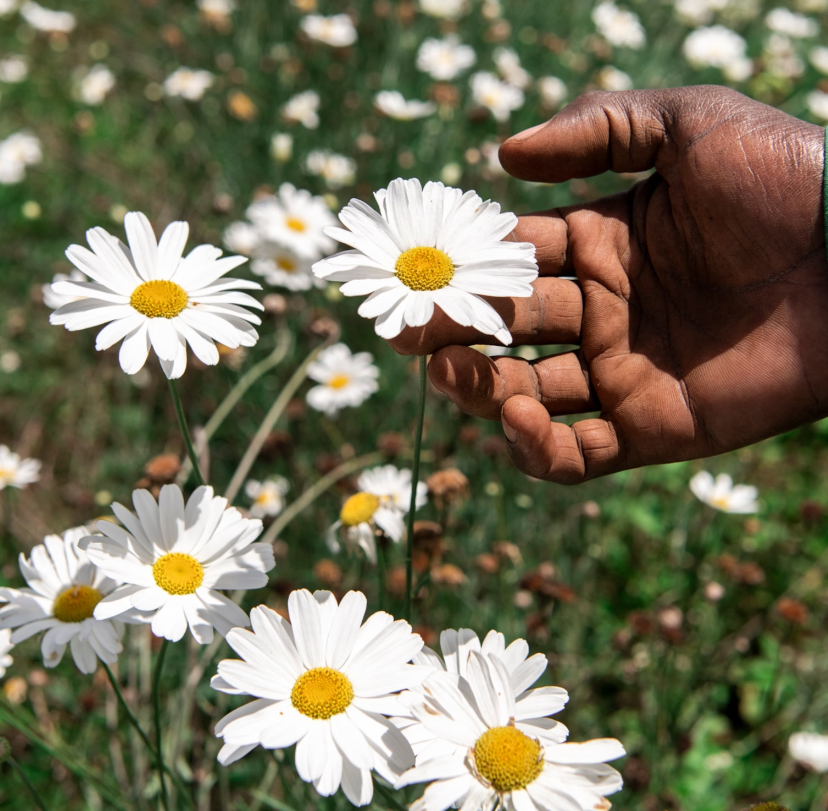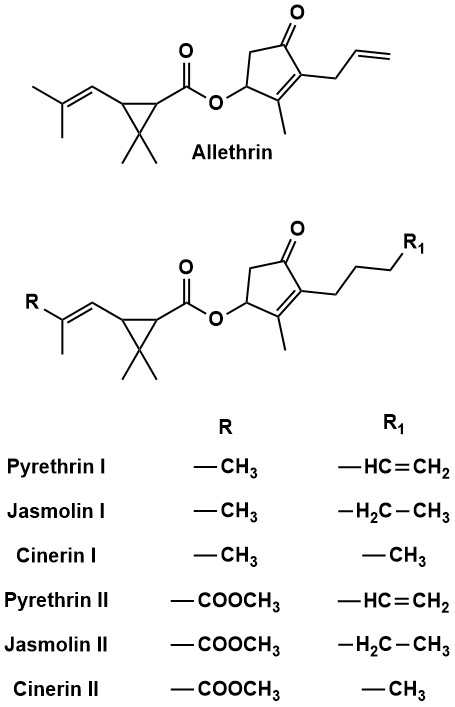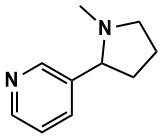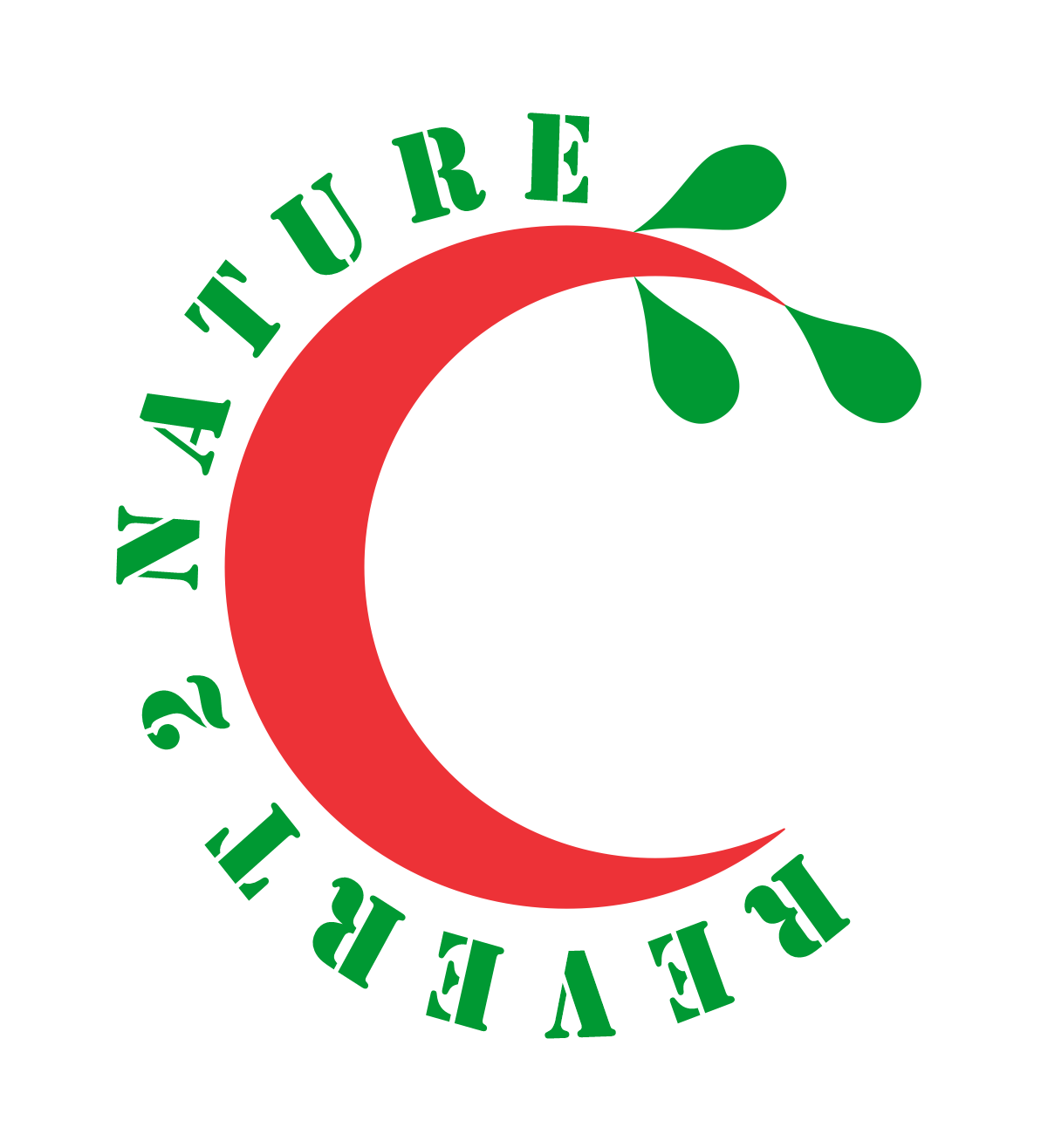Pesticides
Pesticides
This chapter is prepared for PharmD students in accordance with the officially endorsed curriculum in Pakistan.
October 17, 2023
Chapter outline
» Introduction
» Methods of pest control
› Methods of pest control without using pesticides
› Methods of pest control by using pesticides
» Properties of a good pesticide
» Natural pesticides
› Pyrethrum flowers as a pesticide (insecticide)
› Tobacco as a pesticide (insecticide)
› Red squill as a pesticide (rodenticide)
› Nux vomica as a pesticide (rodenticide)
Introduction
» A pesticide is a substance used to control or eliminate pests
» A pest is any animal, plant, or microorganism that is harmful to humans or human concerns (crops, food, livestock, etc.)
» Many kinds of pests transmit serious diseases to humans and animals
› For example, mosquitoes spread malaria
› Human itch mites cause scabies
› Fleas and ticks are blood feeders that can cause anemia, paralysis, and even transmission of various diseases in animals
» Some insects destroy or cause heavy damage to valuable crops, such as corn, cotton, wheat, and rice
» Other common pests include bacteria, fungi, rats, and weeds
Methods of pest control
» The methods to control pests can be divided into two categories
1. Methods of pest control without using pesticides
2. Methods of pest control by using pesticides
1. Methods of pest control without using pesticides
» Some of the main methods to control pests, without using pesticides, are described below
1. Mechanical methods
» Mechanical methods include handpicking, pruning, burning, and trapping
A. Handpicking
» Handpicking technique involves the removal of pests by hands
» For example
› Large caterpillars, e.g., a large, green tomato hornworm larva, can be located rapidly and removed by hand
› Weeds are removed by handpicking
B. Pruning/Cutting
» This technique involves the cutting of the branches, having tents of pests
› For example, the caterpillars gather on branches of trees and shrubs and such branches can be cut
C. Burning
» If the insect’s tent is located near the trunk where cutting is difficult, then this part is burnt by a torch of burning oil-soaked rags at the end of a long pole
» Burning can also be used for the destruction of both animal and plant pests which have been removed by hand-picking or pruning
D. Trapping
» Certain flying insects can be trapped
› The attractant(s) (anise oil, rose oil, etc.) is/are used for trapping them
› The attractant(s) is/are mixed with sawdust and placed in a glass container
› Over this glass container, a funnel-shaped entrance has been fitted
› The insects fly or crawl through the opening into the jar and cannot get out of the container
» Japanese beetles, gypsy moths, codling moths, etc. can be trapped by this method
» Special traps are used to catch larger field insects, rats, and mice
» Other mechanical methods to control pests include;
› Construction of modern concrete warehouses, to control rodents
› Window screens, electrified screens, specially colored lights, and other devices are also employed for controlling insects
2. Biological methods
» This method is based on ‘prey-predator relationship’
» Some animals (predators) do not destroy the plants and feed upon smaller animals (prey) which destroy the plants
» Some insects have a short life cycle and they parasitize long-life insects
» Examples include;
» Rabbits are helpful in destroying certain types of weeds
» Cats, owls, kites, and hawks are enemies of mice and rats
» Birds eat insects
» Certain flies and wasps lay eggs on the body of large destructive insects, like slow-moving larvae
› The eggs of the parasitic insects hatch rapidly into small larvae which consume the body tissues of the larger species as food
› Ultimately, the larger forms die
3. Environmental methods
» The environmental conditions surrounding the pest are changed
› Either by removing its food supply
› Or by interfering with the completion of its life cycle
» For example, mosquito larvae in water are killed by spreading a layer of oil
4. Agricultural methods
» Agricultural methods of pest control involve various techniques
» For example, hybrid varieties can be developed that will resist attack by pests, like fungus and bacterial attack
» Plants can absorb sufficient organic phosphorus compounds through the roots and foliage to cause the death of insects eating the leaves
» Crop rotation is another useful agricultural method
› Because, if the chief source of food for a particular insect is withheld for one or more seasons, insects are controlled dramatically
» By deep ploughing, grub stage of some insects is unearthed/exposed
› These will then die by sunlight or will be eaten by insects
1. Methods of pest control by using pesticides
» Control of pests by using pesticides involves the use of different pesticides
» This method is also called the ‘chemical method’ to control pests
» Chemicals are designated to be effective as;
› Rodenticides, against rats, mice, moles, etc.
› Insecticides, against various insects and arthropods
› Herbicides, against weeds and undesirable plants
› Fungicides, against all types of fungi
› Molluscicides, against mollusks
» Particular chemical agents are used as poison baits, spray solutions, suspensions for spraying, aerosols, fumigants, residual poisons, stomach poisons, and repellents
» They may be inorganic, or organic compounds obtained from natural sources, or synthetic organic complexes
Properties of a good pesticide
» A pesticide should have a high margin of safety for plants and animal
» It should cause very little or no damage to the foliage or livestock
» It should be easier to handle and easy to application
» It should not have flammable or explosive character
» It should have safety and palatability of the food products exposed to insecticides
» It should not show the residual effects
» It should be available easily at an affordable cost
Natural pesticides
1. Pyrethrum flowers as a pesticide (insecticide)
» Pyrethrum flowers, also called, insect flowers, are the dried flower-heads of Chrysanthemum cinerariifolium (Family Compositae) (Figure 1)
» The plant is perennial, about 1 m high, and indigenous to the Balkans (a geographical area in Southeastern Europe)
» Principal cultivated sources are Kenya, Tasmania, Tanzania, and Rwanda
» Smaller amounts are grown in Japan, Eastern Europe, Brazil, and India
Collection of pyrethrum flower-heads
» Conditions for pyrethrum cultivation are particularly favorable in Kenya
› The producing areas have an altitude of 1900-2700 m and an annual rainfall of 76-180 cm
› The altitude is important because it gives a low night temperature (5-15°C)
› This low night temperature stimulates maximum bud production
» Collection of flower-heads takes place for about 9 months of the year
» Only flower-heads are collected because about 90% of the insecticidal activity of the plant is present in the flowers
» First collection of flower-heads is made after about 4 months
› But the best time for collection is when two-thirds of the flower-heads are open
» Collection is generally done by hand pickers at roughly 3-week intervals
» The flowers are dried immediately after collection
» In Kenya, the flowers are directly exported or made into powder or standard liquid extract
Characters of flower-heads
» The closed flower-heads are about 6-9 mm in diameter
» The open flower-heads are about 9-12 mm in diameter
» They bear a short peduncle which is striated longitudinally
» The flowers have a slightly aromatic odor and a bitter, acrid taste
Chemical constituents
» The insecticidal activity of pyrethrum flowers is because of the presence of esters
» These esters are produced by a number of different cell types (oil glands, resin ducts, and mesophyll cells)
» Pyrethrin I, jasmolin I, and cinerin I are esters of chrysanthemic acid (Figure 2)
» Pyrethrin II, jasmolin II, and cinerin II are esters of pyrethric acid
» The alcohol component of the pyrethrins is the keto-alcohol pyrethrolone
» The alcohol component of cinerins is the keto-alcohol cinerolone
» Pyrethrum flowers also contain sesquiterpene lactones and the triterpenoid pyrethrol
Uses
» Pyrethrum flowers are a contact poison for insects
› Pyrethrum flowers produce a characteristic effect on the nervous system that results in muscular excitation, convulsion, and paralysis
» Pyrethrum flowers have no appreciable effect on insects as a stomach poison
» The pyrethrum flowers are popular for their;
› Rapid knock-down action (largely due to pyrethrin II)
› Lethality to insects (pyrethrin I), and
› Low mammalian toxicity
» They are largely used in the form of powder
› But sprays in which the active principles are dissolved in kerosene or other organic solvents are more efficient
» ‘Pyrethrum extract’ of the BP (Vet.) contains 24.5-25.5% of pyrethrins
› It may be prepared extemporaneously from the flower-heads
› It is used for the preparation of the BP (Vet.) dusting powder and spray
› The dusting powder has a pyrethrin content of 0.36-0.44%, of which not less than half consists of pyrethrin I
› It is assayed by titrimetry for both pyrethrin I and II
» Extracts containing 50% more active material compared with commercial extracts can be obtained by extraction of the plant material with liquified carbon dioxide
› The extract is usually diluted on farms with kerosene to a pyrethrin strength of about 0.2%
» The synthetic insecticidal compounds, like dichlorodiphenyltrichloroethane (DDT), act synergistically and potentiate the insecticidal properties of pyrethrin
› Allethrin is a synthetic pyrethrin-like compound (Figure 2)
› It also shows the potential insecticidal activity
› But the activity of allethrin is not synergistic when combined with synthetic compounds (like DDT)
___
>>> What is the difference between a ‘flower’ and a ‘flower-head’?

Figure 1: Pyrethrum flower-heads

Figure 2: Chemical constituents of pyrethrum
2. Tobacco as a pesticide (insecticide)
» Tobacco consists of the cured leaves of the cultivated Nicotiana tabacum (Virginian tobacco) and N. rustica (Turkish tobacco)
» The genus Nicotiana (family Solanaceae) comprises about 100 species
» Tobacco is used for smoking, chewing, and sniffing
Historical and geographical background
» Tobacco is believed to be a native of tropical America
› It was cultivated and used by the native inhabitants before the discovery of the American continent by Europeans
» N. tabacum is of hybrid origin, and
› Various ‘synthetic tobaccos’, somewhat resembling it, have been raised by crossing and breeding wild, possibly ancestral, species
Chemical constituents
» Nicotine (Figure 3) is the characteristic alkaloid of the genus Nicotiana
» Nicotine is prepared commercially from waste material of the tobacco industry
» Nicotine is a colorless to pale yellow, very hygroscopic, oily liquid
› It has an unpleasant pungent odor and a sharp burning persistent taste
› It gradually becomes brown on exposure to air or light
› It is soluble in water, alcohol, chloroform, kerosene, and fixed oils
› It should be stored in airtight containers
Uses
» As early as 1763; Nicotine, in the form of a tea prepared from tobacco, was recommended for the destruction of aphids
» During 18th century, aqueous tobacco extract or dust was employed as an insecticide in the vegetable gardens of Europe, and
› The commercial preparation of nicotine sulphate was put into the market by 1910 as a potential insecticidal agent
» Nicotine acts by its triple action insecticidal property, i.e.,
› Acting as stomach poison
› As a contact poison
› As a fumigant poison
» Nicotine in free form is more toxic than the salt form
» It is mostly effective against minute soft-bodied insects (such as aphids)
› It is also effective against white flies, red spider mites, leaf rollers, moths, fruit tree borers, termites, cabbage butterfly larvae, etc.
» One of the advantages of the insecticidal use of nicotine is its high margin of safety for plants
» Nicotine preparations are safer, easier to handle, and less toxic to warmblooded animals
» Due to the volatile nature of nicotine, it disappears quickly leaving no residue on treated plants
» The above properties make nicotine preparation a very ideal insecticide
___
>>> What is meant by ‘cured’ leaves?
>>> What is the composition of the insecticidal powder that you use in your kitchen? Have you ever noticed?

Figure 3: Nicotine
3. Red squill as a pesticide (rodenticide)
» Red squill consists of the dried sliced bulbs of Urginea maritima (family Liliaceae)
» Red squill contains cardioactive glycosides
› These cardioactive glycosides cause cardiac toxicity in rodents
» Rodents do not regurgitate the squill bulb (unlike other animals) and hence get toxicity
4. Nux vomica as a pesticide (rodenticide)
» Nux vomica consists of the dried seeds of Strychnos nux-vomica (family Loganiaceae)
» Its main active constituent is an alkaloid named strychnine
» The symptoms of poisoning by strychnine are mainly those arising from stimulation of CNS
› The first signs are tremors and slight twitching of limbs followed by sudden convulsions quickly involving all muscles
› The jaw is rigidly cramped
› Respiration is arrested and death occurs from asphyxia or medullary paralysis
» Strychnine was used as a rodenticide in olden days
» It was recommended that strychnine should only be used by trained pest control operators in areas to which access by unauthorized persons and useful animals could be completely prevented
» In some countries, the use of strychnine for killing animals is prohibited because of its painful poisonous action
Reading References
» Ali M. Textbook of Pharmacognosy. CBC Publishers and Distributors, 2nd edition, 2005.
» Evans WC. Trease and Evans Pharmacognosy. Elsevier, 16th edition, 2009.
» Shah BN, Seth AK. Textbook of Pharmacognosy and Phytochemistry, Elsevier, 1st edition, 2010.
» https://www.nationalgeographic.com/environment/article/the-deadliest-flower-in-the-insect-world-is-a-lifeline-to-farmersand-the-planet. [Accessed: October 17, 2023]
https://revert2nature.com
